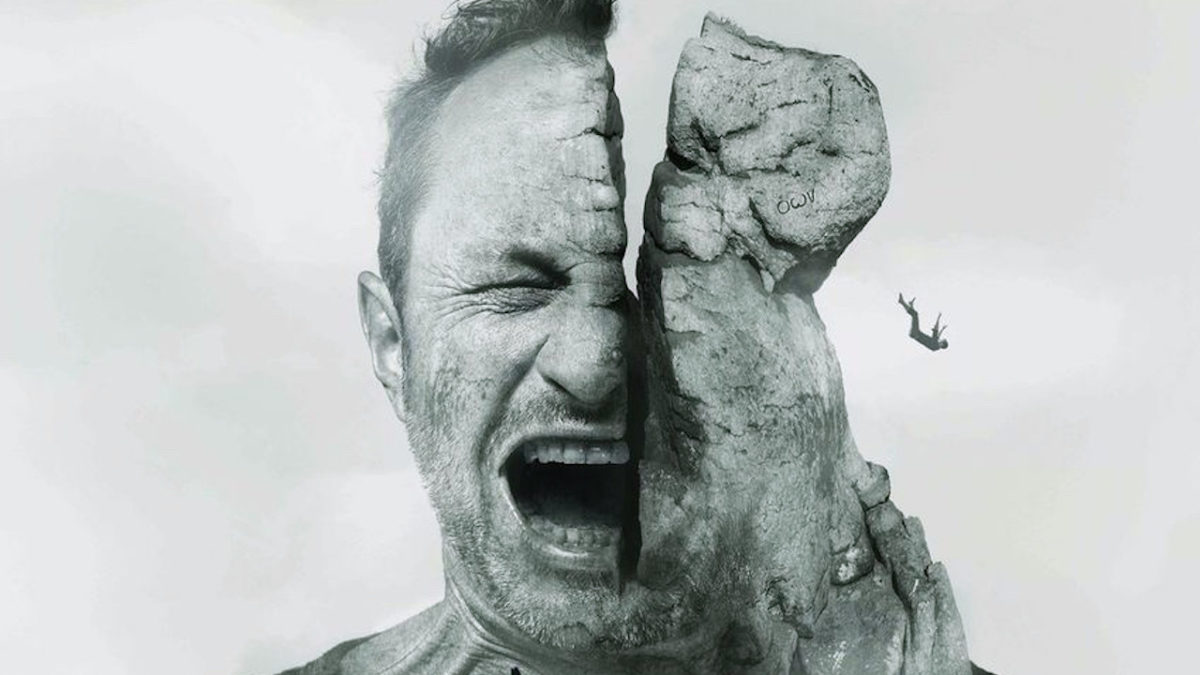It’s undeniable that the Polish mystery-drama series ‘Signs’ (Znaki) is intriguing. It has a good cast and a gorgeous setting. Most importantly, it makes active efforts to serve its audience a delicacy of a complex plot that seems to have a bit of everything. After ‘Signs’ season 1 became an international success, it was only a matter of time that AXN (the original network) went around to making a second season. The Polish premiere of season 2 happened back in April this year. In September, Netflix made it available for the global audience. Season 1 ended without answering most of the questions that the series posed to itself in the course of its nearly 8-hour runtime. If you are hoping that season 2 is going to answer them, well, good luck with that.
Signs Season 2 Recap
Season 2 begins an unspecified time after season 1. With his daughter missing, Michał Trela (Andrzej Konopka) has gone back to drinking with a vengeance. For some reason, he is still living with Ada (Helena Sujecka), who has divorced Błażej (Michał Czernecki) since the last time we saw her. Everyone in Sowie Doly is still reeling from the big revelations in the past season. Mayor Antoni Paszke (Mirosław Kropielnicki) has been confined to a wheelchair, and he and his daughter have lost their house to the bank. Błażej has turned into an aspiring politician, bent on challenging Paszke for the Mayoral post. In this endeavor, he is helped by two mysterious outsiders, Twerski (Rafal Mohr) and Kaja (Barbara Wypych).
Creators Przemysław Hoffmann and Błażej Przygodzki set up the narrative in such a way that another story, featuring its own group of characters and set a few years back, is told concurrently with that of the inhabitants of Sowie Doly in the present time. As season 2 progresses, ‘Signs’ becomes more and more philosophical and surreal and introduces new and unprecedented elements to the plot. When the ending finally arrives, it’s again open-ended and unsatisfactory.
Signs Season 2 Review
The biggest problem with the first season of ‘Signs’ is its incredibly convoluted storyline. You can sense that the writers were trying to appeal to virtually every demographic of the audience with an unhealthy number of subplots. Some of them get discarded in the first season itself. Many are forgotten as the show transitions into season 2. Some do make it to the sophomore season and are barely addressed before new ideas and plot points are injected into the story.
This amnesic treatment of its own storylines might not have been a problem if the plot had a bit of pace. But the showrunners can’t even claim that they sacrifice coherence for pacing, as the show spends way too much time developing certain things that lead to absolutely nowhere.
Some of the technical choices made in this season are questionable as well. In the entirety of season 1, the show has not employed the split-screen technique a single time. More than anything else, ‘Signs’ is not the type of TV series that requires that particular editing device. But in season 2, it has been used to denote simultaneous events. Messing with the established look of the series is a risky move, and I am not too sure if it has worked for ‘Signs’.
However, not everything is lost. It seems that the showrunners have listened to at least some of the feedbacks and have trimmed the storyline down to a manageable level. This comes with its own set of issues, of course. Several characters, who seem vital to the overarching plot in season 1, are relegated to supporting roles in the second season. Rafał Cieszyński’s priest Roman Śmigielski, for instance, has been criminally underutilized in this season. The same thing can be said about Jonasz (Andrzej Mastalerz), who, except for a few scenes in the finale, doesn’t have much to do in season 2 either.
Trela, the lead character, is trapped by the show’s writing and continues to display his sheer stupidity. Despite establishing him as a genius-level detective in the pilot episode, the showrunners have forgotten all about it. Most of the discoveries he makes in both season 1 and 2 are the results of dumb luck. He is definitely not the most inspiring of protagonists. Having said that, there is an indisputable scruffy charm about him that makes you naturally interested in him.
Since season 1, the show has a definitive science fiction aspect, though its deeply rooted in gritty realism. In season 2, it slowly begins to come into its own. It’s one of the few redeeming factors about season 2, along with Ada and Kropielnicki’s performance as Paszke.
Read More: Netflix’s Signs Season 1 Recap

